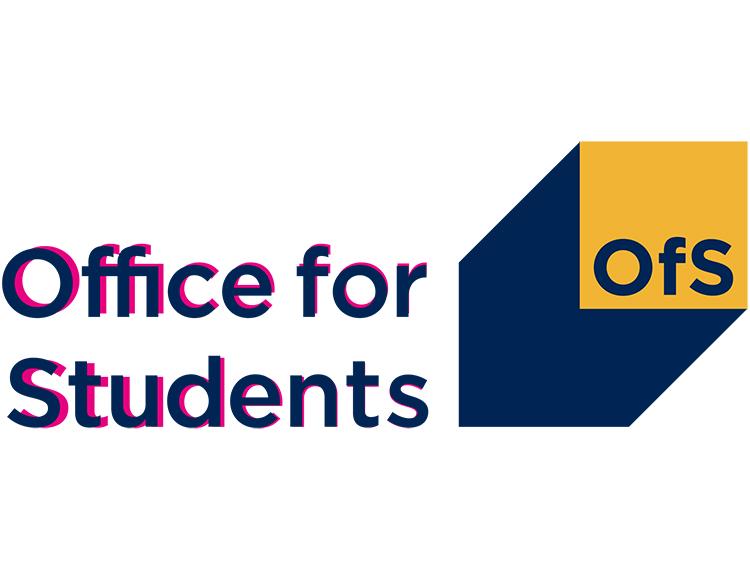Universities must eliminate equality gaps

Following a consultation process, the OfS has set itself ambitious targets to achieve equality of opportunity in higher education, and will now expect universities, colleges and other higher education providers to set their own individual plans and targets to work towards these during the next five years.
The targets aim to eliminate the gaps in:
- entry rates at the most selective universities between the most and least represented groups
- drop-out rates between the most and least represented groups
- degree outcomes between white and black students
- degree outcomes between disabled and non-disabled students.
The targets form part of the OfS’s bold new approach to regulating higher education providers on their work to improve access and participation in higher education for disadvantaged students and other underrepresented groups.
The new approach also means that:
- the OfS will publish an access and participation dataset which will show the make-up of student bodies across the sector as a whole and at each individual provider on the OfS Register [note 4]
- the OfS will challenge providers by focusing on the level of ambition they set, the credibility of their plans and the outcomes they achieve, rather than on their levels of investment and activity
- the frequency of written submissions that providers make to the OfS will now be based on how likely they are to make sufficient progress in improving equality of opportunity, with those at risk of making insufficient progress under greater scrutiny
- there will be tougher requirements on evaluation and better support for this through a national ‘What Works’ Centre to ensure that providers are focusing on the most impactful work [note 5]
- the OfS will fund consortia of universities and colleges across all parts of the country to ensure that their work with schools is joined up and targeted to meet local needs [note 6].
Commenting on the new approach, Chris Millward, Director for Fair Access and Participation at the OfS, said:
‘Our ambition is that future generations should have equal opportunities to access and succeed in higher education, and to achieve successful and rewarding careers.
‘We are committed to achieving transformational change, so our targets are ambitious. But they are realistic if universities make equality a priority and take the actions available to them.
‘Our new approach reduces red tape for universities that are doing well in improving access and participation. But we will not hesitate to intervene where we see low ambition, slow progress or poor practice.
‘The responses to our consultation showed that universities are supportive of the move to a regulatory system that will allow them to plan more strategically, deliver more targeted and sustained activity and better demonstrate impact.
‘Higher education should be an engine for social mobility and a gateway to a better life for those who undertake it. There has never been such a powerful combination of pressure on universities and support for their work to make sure that this becomes the case.’
The consultation was published in September 2018 and ran for five weeks. Five consultation events were held around the country which were attended by around 400 people, and 189 responses were received to the consultation which have been independently analysed by CFE Research.
The OfS’s targets in full are to:
eliminate the gap in entry rates at universities with the highest entry requirements between the most and least represented groups by 2038-39, reducing the ratio in entry rates for POLAR4 quintile 5: quintile 1 students from 5.1:1 in 2016-17 to 2.8:1 by 2024-25 (see more information on POLAR4)
eliminate the unexplained gap in non-continuation between the most and least represented groups by 2024-25, and to eliminate the gap entirely by 2030-31
eliminate the unexplained gap in degree outcomes (1sts or 2:1s) between white students and black students by 2024-25, and to eliminate the gap entirely by 2030-31
eliminate the gap in degree outcomes (1sts or 2:1s) between disabled students and non-disabled students by 2024-25.
The Register lists all the higher education providers officially recognised by the OfS. Providers that want to charge higher tuition fees must have an approved access and participation plan as a condition of their registration.
Our business plan sets out our aim that all access and participation activity is underpinned by evidence and ‘what works’. Therefore, we will now be requiring providers to use a self-assessment tool to demonstrate their evaluation practice and the improvements they need to make through their access and participation plans. We are also supporting work in this area through the creation of a national ‘What Works’ Centre, the Evidence and Impact Exchange, the arrangements for which will be announced early in 2019, and by developing evaluation tools and guidance, including a new development tool for providers’ outreach work with under 16 year olds.
Commenting today on the results of the Office for Students consultation on new approaches to widening access and participation Andy Ratcliffe CEO of Impetus-PEF said:
“I am pleased that the OfS will expect universities to set tough targets for widening participation in higher education for those from disadvantaged backgrounds. But achieving those outcomes costs money, and the decision not to set a minimum level of expenditure is a backwards step.
“Progress in this area is already too slow, and this move opens the door for universities to cut expenditure on widening participation. If we want universities to be for the many and not the few, the Government needs to step in and pledge to ensure vital outreach work is properly funded.”











Responses